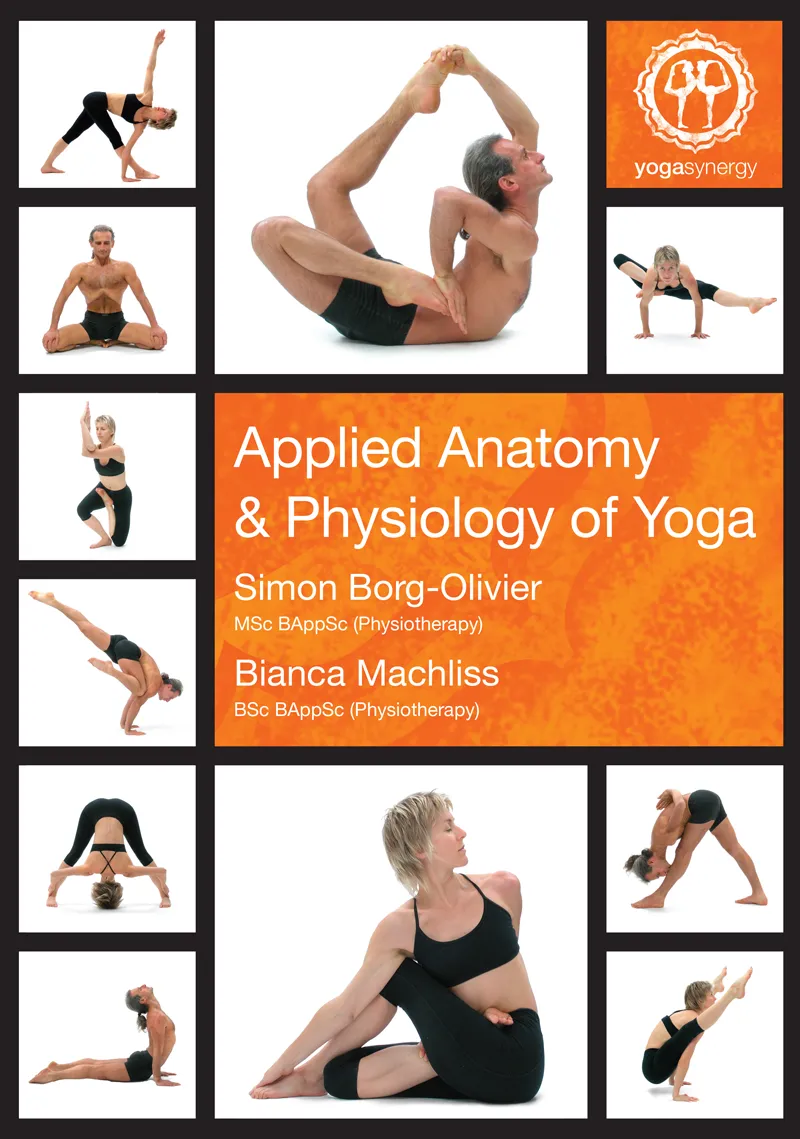Podcasts
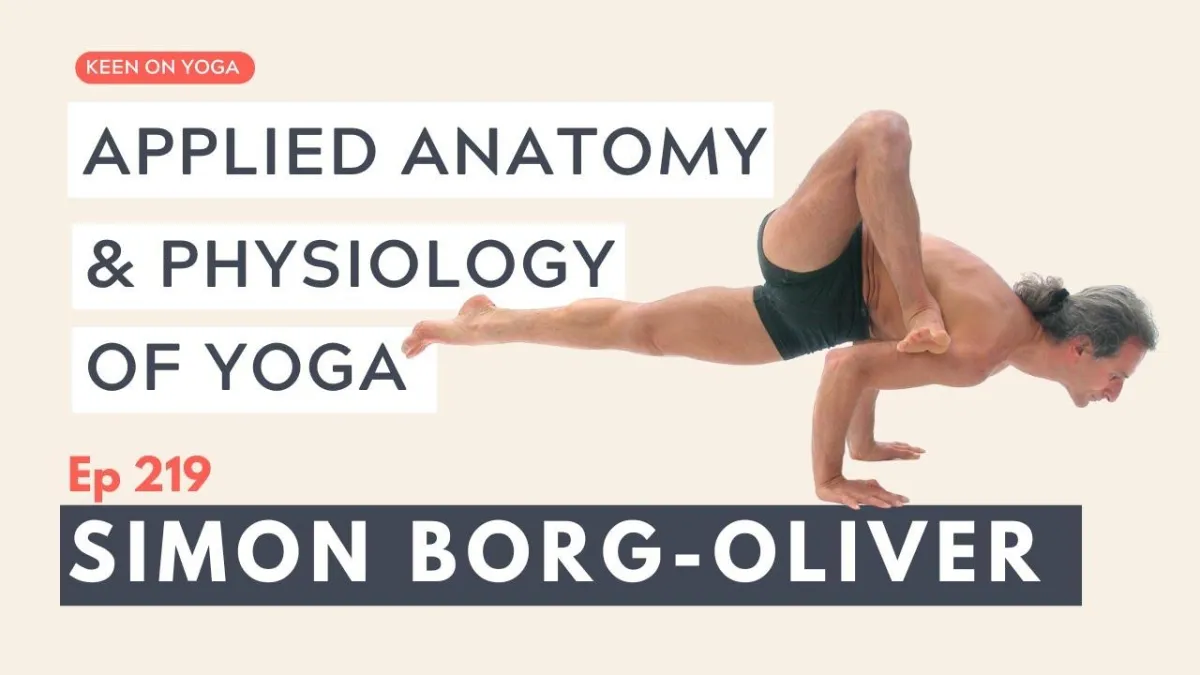
Keen on Yoga
SHOW TITLE: Applied Anatomy and Physiology of YogaAdam Keen
INTERVIEWER: Adam Keen
RELEASE DATE: 6th April 2025
In this episode, physiotherapist, yoga teacher, and co-author of Applied Anatomy and Physiology of Yoga, Simon Borg-Olivier returns for his third appearance on the KY Podcast. With decades of experience in physiotherapy, yoga, and movement-based practices, Simon shares profound insights into safe, effective stretching techniques, active movement, and the integration of yoga philosophy and breath into modern practice.
This conversation serves as both a deep dive into Simon's book and a call for a paradigm shift in the way yoga is approached—away from performance-based, goal-oriented practice and towards connection, fluidity, and internal awareness.
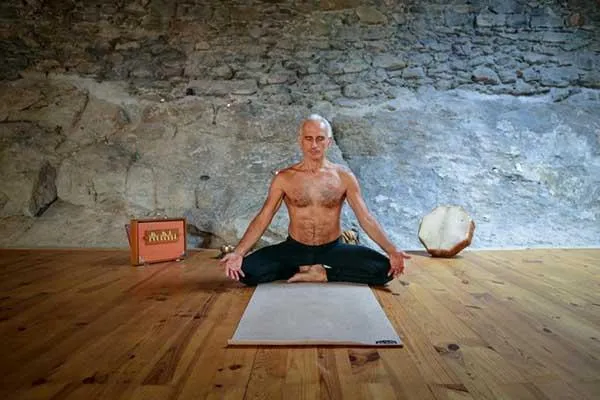
The Vital Veda Podcast
SHOW TITLE: True Exercise and Real Modern Yoga
INTERVIEWER: Dylan
RELEASE DATE: 18 June 2018
In this podcast, Simon explains basic misunderstandings and misconceptions about modern Yoga and exercise-based physiotherapy.
He also shares his thoughts on correlations between types of movement and the state of your nervous system.
Simon then shares tips to upgrade your exercise and yoga practice for maximum vitality, energy and pran
1ST COLUMN
The Vital Veda Podcast
SHOW TITLE: True Exercise and Real Modern Yoga
INTERVIEWER: Dylan
RELEASE DATE: 18 June 2018
a (life-force to every cell in your body).
Some of the topics discussed include:
What are the true purpose and aims of exercise?
What does exercise actually mean?
How do you most effectiveButtonly reap the benefits of exercise without potentially damaging your physiology?
Is the exercise or yoga class that you are attending actually benefiting your health, or is it doing more damage than good?
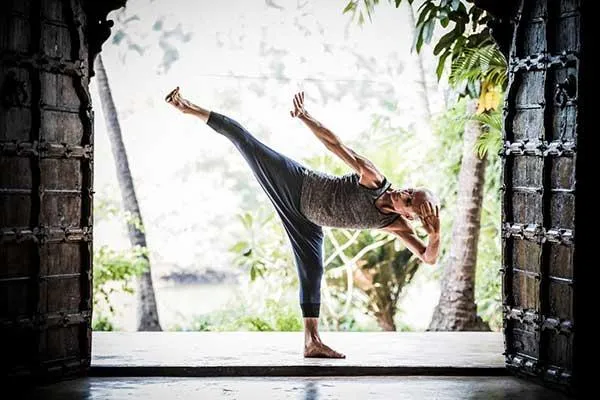
Health Regained Podcast
SHOW TITLE: Simon Borg-Olivier - Tense Less, Breathe Less, Strain Less
INTERVIEWER: Harald Haskin
RELEASE DATE: 11 March 2019
This episode is packed full of knowledge everyone can apply. If you are into fitness and health, you will want to listen to what Simon says in this podcast. He has been studying yoga for over 50 years and has a Bachelor of Science in Human Biology, Masters Of Science in Molecular Biology, as well as a Bachelors of Applied Science in Physiotherapy. I learned so much from just this episode and I'm already applying some of his advice with great results.
13:00 - Relationship between martial arts and yoga
1ST COLUMN
Health Regained Podcast
SHOW TITLE: Simon Borg-Olivier - Tense Less, Breathe Less, Strain Less
INTERVIEWER: Harald Haskin
RELEASE DATE: 11 March 2019
This episode is packed full of knowledge everyone can apply. If you are into fitness and health, you will want to listen to what Simon says in this podcast. He has been studying yoga for over 50 years and has a Bachelor of Science in Human Biology, Masters Of Science in Molecular Biology, as well as a Bachelors of Applied Science in Physiotherapy. I learned so much from just this episode and I'm already applying some of his advice with great results.
14:45 - Exercise that can lead to early death
16:30 - How to exercise without consuming more food
19:55 - Why its better to breathe less vs. more
22:58 - Overly tense muscles
23:55 - Why to avoid strong stretching
29:00 - Why breathing too much is a problem and how much we should exert during exercise
45:55 - Breathing more should be paired with breathing less
47:45 - Best advice for runners
54:20 - How to pull yourself out of the sympathetic (stressed) state
1:03 - How to learn from Simon
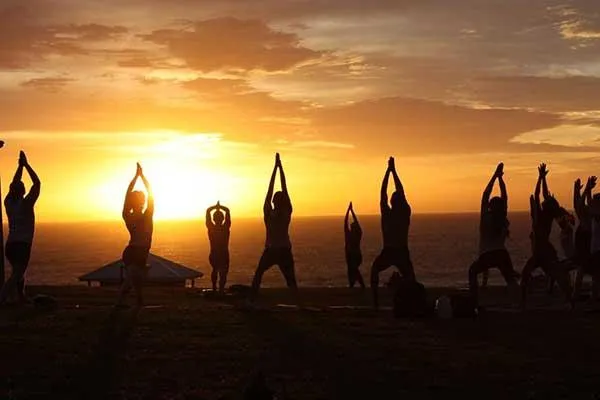
The Embodiment Podcast
SHOW TITLE: Simon Borg-Olivier
INTERVIEWER: John Marsh
RELEASE DATE: 15 July 2019
In this conversation, Simon talks about movement, breathing, stress and business.
Show Notes:
0:00:00 John Marsh’s introduction
0:03:00 Interview begins
0:05:15 Simons experiences of learning about posture, moving and breathing from childhood to now including the early introduction of breath-holding in free-diving and free-climbing from his father, his training over the next few decades with masters from Tibet, Japan, India, and China, as well as his decades of university studies in human biology and clinical experience as a physiotherapist.
0:22:00 The negative effects of most exercise forms on the immune system, digestive system system, the reproductive system and the unconscious mind and what you need to look for in your exercise to correct for these negative effects.
0:30:00 Energy generation in the body: The importance of increasing blood circulation without needing to increase heart rate: explanations of to use some of the other 12 pumps of blood in the body including the gravitational pump, the musculoskeletal muscle, and the co-activation pump (bandha).
Why muscles need to relax to allow blood flow.
0:34:00 The benefits of building up carbon dioxide, which include bringing more blood to the brain and heart, more oxygen from lungs to blood, calms.
0:36:30 How breathing less than you normally do while exercising improves aerobic metabolism and can give you 19 times more energy.
0:40:50 The elements of natural breathing and the benefits of restoring it; and why we need to breathe less than the equivalent of one full breath per minute in order to do better than nature offers us with our own natural breathing.
0:42:00 Improving internal health by increasing heart rate variability (HRV); why trying to change HRV by controlling your breathing doesn’t work for you unless you can comfortably also be able to breathe less than one full breathe per minute.
0:43:10 Simple postures and movements that increase blood flow and HRV while activating and regulating your muscles of breathing to make you breathe less than normal without causing physiological or mental stress.
0:47:00 Exercises and stress - The 12 bridges between conscious and unconscious; and how to make functional effective exercise that enables you to remain calm and stress-free while exercising.
0:54:00 Pelvic floor exercises; and why it’s more important for most people to relax the pelvic floor rather than over tighten it (unless their is obvious pelvic floor dysfunction such as incontinence).
0:56:30 How much does science say you need to get your heart rate up during your exercise - it’s not as much as most people need.
1:01:15 A simple functional approach to posture, movement and breathing for wellbeing, internal health, fitness and longevity.
1:13:15 How you still use these principles to make safe accessible high intensity exercise.
1:15:15 How even the most seemingly gentle and enjoyable to do exercise can be highly effective all on levels of these principles of posture, movement and breathing are applied.
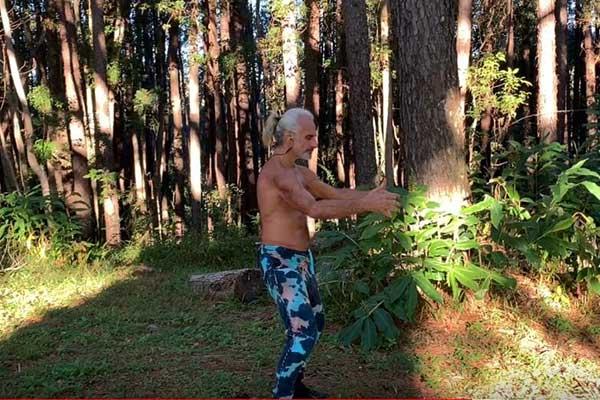
The Embodiment Podcast
SHOW TITLE: What Yoga Isn’t - With Simon Borg-Olivier
INTERVIEWER: Mark Walsh
RELEASE DATE: 30 October 2019
Simon joins Mark Walsh to discuss his yoga journey, physiotherapy, the nervous system, bodyhacking, what “traditional” yoga is, practicing in “the bush”, mallakhamb, Indian martial arts, problems with the word “yoga”, the basic principles of movement, breath, fluid natural movement, blood pumps, what’s not yoga, modern exercise, steroids, the philosophy of yoga and Sanskrit mistranslations, sexuality, laughter, cancer and more! A veritable masterclass of yoga and movement!
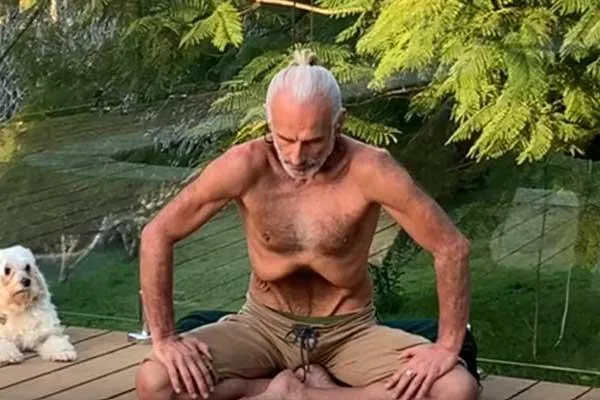
Yoga Teacher’s Helper Podcast
SHOW TITLE: Interview With Simon Borg-Olivier - Pros and Cons of Being a Yoga Teacher
INTERVIEWER: Nica and Anastasia
RELEASE DATE: 8 December 2019
From this podcast you will find out:
What are the main components of the YogaSynergy System
How Simon manages to teach physiology that is easy to understand and remember
How to find a proper yoga teacher for yourself
“The Blind lead the Blind” and other problems of yoga industry nowadays
What real yoga and meditation practice looks like
How to practice and teach yoga with joy
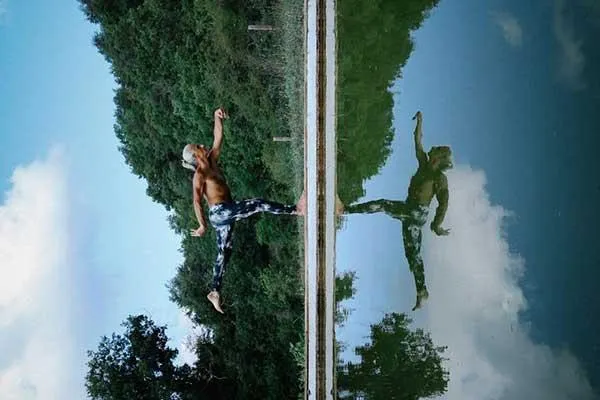
Yogic Kaleidoscope Podcast
SHOW TITLE: Escaping Samsara
INTERVIEWER: Nathan Thompson and Evgeny Dziatko
RELEASE DATE: 20 April 2020
Talking to Simon Borg-Olivier is like going snorkelling with Jacque Yve Cousteau – you suddenly find yourself in a bathyscaphe at the bottom of the ocean exploring its depth and multifacetedness of creatures you never knew existed, although in our case it’s the ocean of Yoga and the creatures are different angles to view mudras, kriyas, asanas, yogic breathing and the concept of movement itself. In this fascinating talk Simon takes us on a wild ride through many different angles to view the common things – from questioning the validity of the most basic instructions like lifting your arms and drawing your shoulders down in Surya Namasakara to how almost any yogic tool can cause a different outcome based on your intention and tiniest details of your technique.
We speak about Simon’s ideal practice routine, how to nourish yourself with practice in the hard time of Covid-19 caused isolation, how to stay connected while being isolated and physically disconnected, how to expand your meditative practice far beyond the formal time spent on the yoga matt. This interview offers you so many dimensions to explore, think and question your views and believes, and we felt very enriched, and once again mystified with all the new pieces of the yogic puzzle.
Notes:
Looking into drishti and physiological aspects of chanting
Simon’s take on breathing practice
Practice of kriyas – the intricacies of Nauli & Lauliki and dosha specific objectives
Moving from the core
Self isolation and how yogic tools can help: meditative states
Meditative cleaning
Thoughts on what makes a supportive practice vs. increasing stress level through activity
Coping with isolation and finding a perspective in the info swamp
Breathing waves geekery
Ratios in Nadi Shodana and the subject of Kumbhaka
Are you able to breathe into your chest in a relaxed way?
7 stages of Hatha Yoga treatise and Basti kriya as a prerequisite for mudra, asana and pranayama
Important paradigm shifts to happen in modern postural yoga
Kapalabhati, Bastrika, Nauli and the danger of misinterpretation of their purposes
Shades of Kumbhaka
Incredible hyperventilation experiment
Words of caution and thoughts on selecting a teacher and teaching
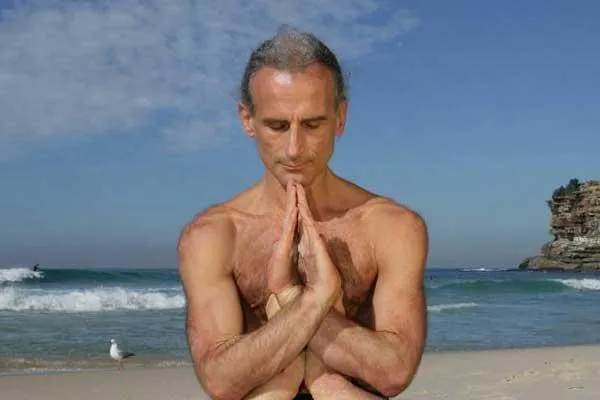
Take a Breath Podcast
SHOW TITLE: Matt Radford and Tim Altman
RELEASE DATE: 19/08/2019
In this podcast, Simon talks about the importance of diaphragmatic breathing in the regulation of the nervous system; how exercise is taught in modern fitness classes; the misinterpretation of the instruction ‘engage the abdomen’ and why yogis and athletes in their 50s and 60s often have joint problems and are less healthy than the average person.
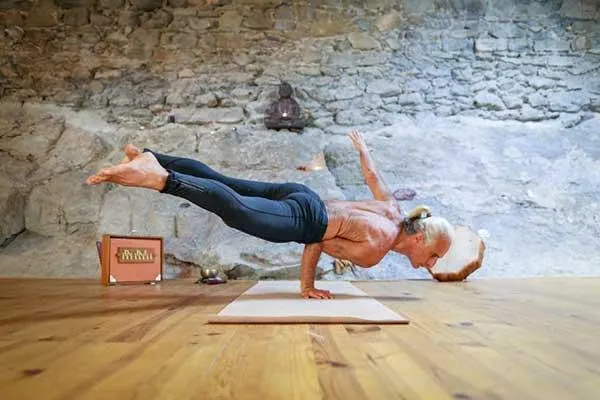
Satya Live Yoga Podcast
SHOW TITLE: Be Firm but Calm
INTERVIEWER: Christina Jagusiak
RELEASE DATE: 17 February 2014
In this interview, Simon shares his deep understanding of yoga anatomy, physiology & traditional Hatha Yoga, and how to unify the paradox of firm but calm into your practice. Simon also talks about how to incorporate yoga and movement practices into one’s daily activities such as walking.
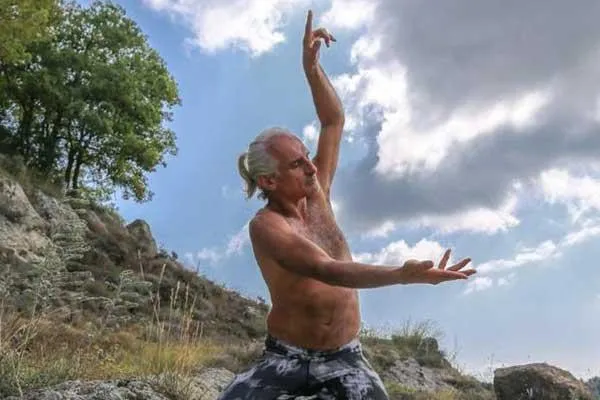
50 Shades of Jay Podcast
INTERVIEWER: Jamie Henderson
RELEASE DATE: 12 May 2021
In this conversation, Simon discusses yoga practice, breathe work, health, and how these practices help us love and connect to our environment.
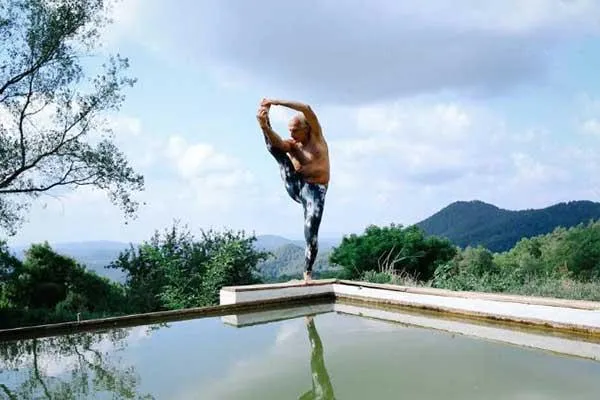
Stillpoint Yoga and Mindfulness London Podcast
SHOW TITILE: Finding the real yoga
INTERVIEWER: Scott Johnson
RELEASE DATE: 12 May 2021
Scott and Simon have an incredibly expansive conversation on Simon’s 50 year exploration into yoga and movement and his search for the ‘real’ yoga. Simon shares incredible stories of his time spent with some of the leading teachers of modern postural yoga and shares how he has formulated his unique approach to yoga teaching and practice.
In this inspiring conversation Simon shares:
How he was introduced to breathing techniques when he was very young.
His fascination from an early age with the connection between yogis and nature.
That for him, meditation is a deep deep process of the body and mind based on circulation of the blood in the body.
How his approach to meditation resonated with the Iyengar teaching method.
How meeting Professor Bim Dev Malik inspired him to see the possibilities of what yoga can achieve.
How his meeting BKS Iyengar in India in 1985 lead him to understand that only BKS Iyengar taught true Iyengar yoga.
How he learnt Ashtanga yoga in 1985 from Robert Lucas, Cliff Barber and Danny Paradise.
About meeting Pattabhi Jois in the 1990s, and why he’s still inspired by Ashtanga yoga.
How he met TKV Desikachar, who was an influence too.
How seeing and learning the Malakam practice in India inspired him greatly.
The similarities between yoga postures and martial arts postures.
About his time working in an Indian hospital.
His decision to teach yoga rather than become an academic in 1992.
How, as a result of a friend having a bad accident, he presented yoga exercises to doctors to help rehabilitate paraplegics.
That training to be a physiotherapist was about being able to present yoga to doctors as a valid rehabilitation process.
How becoming a physiotherapist changed his way of teaching people.
His views on how easy it is to become a yoga teacher now, and why he set up his own teacher training programme.
How Yoga Synergy became a system that could help benefit a wide range of people, basing it on traditional Ashtanga Vinyasa yoga and adapting it for the modern body.
How he healed from a back injury by changing how he moves as well as how he teaches, and how this non-traditional approach has been healing for himself and others.
How care needs to be taken with yoga cueing so that their meaning and helpfulness doesn’t get lost or misunderstood
How he met his teacher, Master Zhen Hua Yang, in 2007, who he continues to train with.
How he sees his role as a teacher as learning from his mistakes and doing better job with his students than he did with himself.
That the ultimate purpose of yoga is to realise that we are all one – a manifestation of connected consciousness – which we can start to realise by becoming physically connected with ourselves first.
That, for him, the aim of yoga practice is to generate loving information and communication in the body by freeing good energy, and becoming yama and niyama in action.
That, ultimately, it’s all about love.
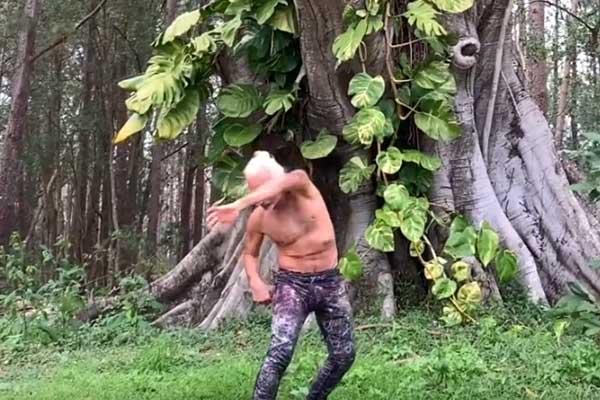
Stillpoint Yoga and Mindfulness London Podcast
SHOW TITILE: Simon Borg Olivier on his search to find the real yoga.
INTERVIEWER: Scott Johnson
RELEASE DATE: 5 February 2021
Scott Johnson and Simon have an epic conversation for the Stillpoints Podcast on how Simon has always been searching for the real yoga. The conversation spans Simon's 40 years of practice and all the twists and turns it has taken.
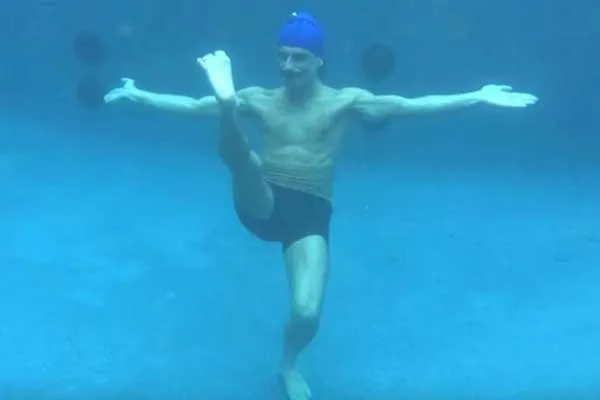
Tantra Talks and Authentic Yoga Podcast
SHOW TITILE: Simon Borg-Olivier talks Yoga and Tantra with James Gopala for the Tantra Talks Podcast
INTERVIEWER: James Gopala
RELEASE DATE: 22 August 2021
In this podcast, Simon discusses tantra and ashtanga yoga.
There are TWO SIDES OF TANTRA:
The Right-handed Path of Tantra = Dakshinachara
The Left-handed Path of Tantra = Vamachara = HATHA YOGA
Both sides of Tantra utilise the 'Pancha Makara' (5 things all starting with the sound 'M') THE PANCHA MAKARA (The 5 M of TANTRA) (Different interpretations in the LEFT & RIGHT Side of TANTRA
MADYA: Left Path of Tantra: Practitioners may make special use of Alcohol and perhaps other DrugsRight Path of Tantra (HATHA YOGA): Practitioners learn to drink the Soma (Utilising Pineal secretions perhaps even the DMT produced there)
MAMSA: Left Path of Tantra: Practitioners may make special use of Dead Animal Flesh (also sometimes dead human flesh) Right Path of Tantra (HATHA YOGA): Practitioners learn to work with and eventually swallow the tongue (Khechari mudra)
MATSYA: - Left Path of Tantra: Practitioners may make special use of eating Dead Fish Right Path of Tantra (HATHA YOGA): Practitioners learn to work with Prana in Pranayama (Prana is the ‘fish’ in the channels called Nadis)
MUDRA: Left Path of Tantra: Practitioners may make special use of parched (cooked or fermented) grains (possibly also including Ergots and Psychedelic drugs) Right Path of Tantra (HATHA YOGA): Practitioners learn to work with Mudras (Energy controlling gestures, including and/or posture movement, breathing, mental control)
MAITHUNA: Left Path of Tantra: Practitioners may make special use of various sexual practices Right Path of Tantra (HATHA YOGA): Practitioners learn to create a union between their Kundalini (Shakti) energy at the base of the spine with their Shiva energy at their Crown ChakraThe ‘Right-hand’ Path of Tantra is a very practical system called Hatha Yoga (This includes most of the physical practices that people use in modern yoga today - but it includes so much more that is not generally practised in modern yoga)
HATHA YOGA = SAPTANGA (7 Stage) YOGA:
1.KRIYA
2.ASANA
3.MUDRA
4.PRANAYAMA
5.DHARANA
6.DHYANA
7.SAMADHI
You can compare this to ASHTANGA (8 Stage) YOGA which is the philosophical system of Patanjali (and has little to do the actual practice of the modern Ashtanga Vinyasa Yoga, which is actually a type of Hatha (Saptanga Yoga)
1.YAMA
2.NIYAMA
3.ASANA
4.PRANAYAMA
5.PRATYAHARA
6.DHARANA
7.DHYANA
8.SAMADHI
Hatha yoga is a compilation of techniques from both Tantra and Samkhya. In kundalini yoga, in kriya yoga, where we are dealing with chakras and the kundalini, it is an aspect of Samkhya as well as a part of Tantra. The practices of kundalini and kriya yoga are considered to be a synthesis of Yoga and Tantra.
The Left-handed Path of Tantra = Vamachara = Hatha yoga. t employs “Pancha Makara”, the five M-s or the forbidden things.
Today ”Tantra Yoga” = Neo-Tantrism: this is often a corruption of the original teachings of Tantra which confuses pleasure with bliss.
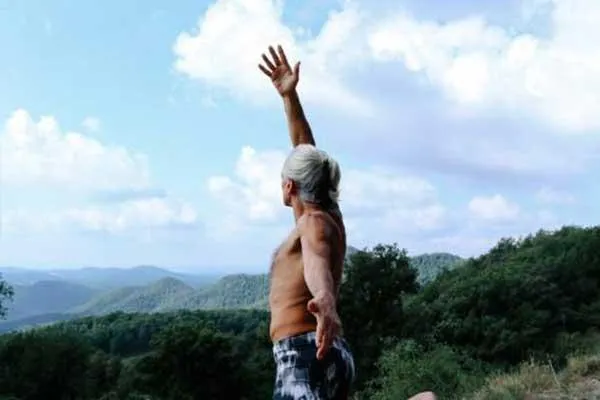
Love Yoga Anatomy Podcast
INTERVIEWER: Stu Girling
RELEASE DATE: 22 May 2016
In this podcast Simon discusses how his understanding of yoga has evolved over the decades and how he has been continuously incorporating his evolving knowledge into his special spinal movement system.
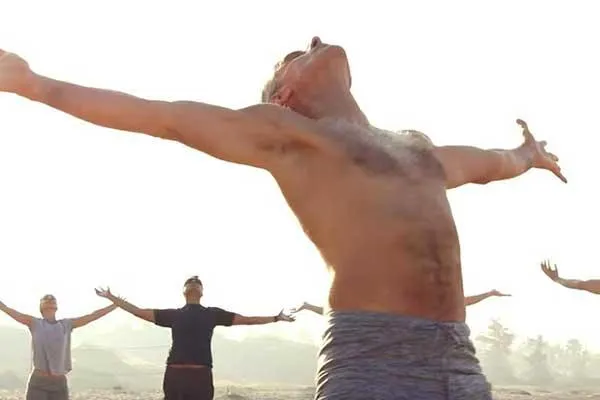
Original Movements, Original Words Podcast
INTERVIEWER: Haresh Punjabi
RELEASE DATE: 4 October 2020
What is original movement? Here Simon replies to this simple question.
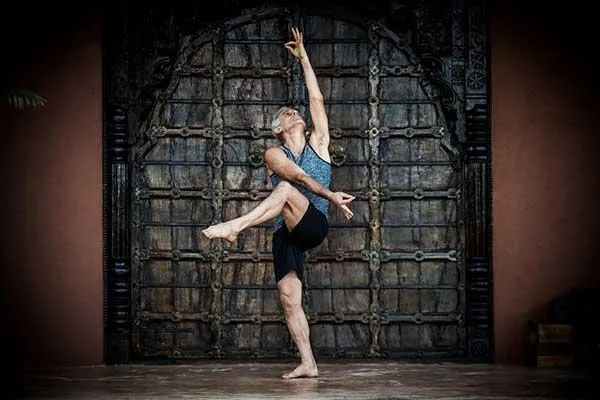
The Yoga Conversation Podcast
INTERVIEWER: Alessandro Sigismondi
RELEASE DATE: 3 December 2016
In this podcast Simon discusses Pranayama eligibility, the value of CO2 and the Wim Hof Method.Topics Discussed:
00:00 - Introduction
01:08 - The importance of breathing for performing an asana
06:38 - What are Bandhas & why should we practice Bandhas
14:20 - How Jalandhara Bandha could help you clear your sore throat and help smooth thyroid function
16:38 - How practicing Pranayama with slow long deep breaths could be harmful
25:50 - What is True Yoga
29:14 - Does Breathing less helps in increasing Life Span and the role of CO2
37:08 - His perspective of Wim Hof's method
45:28 - Why the modern world needs a dynamic meditation practice
49:30 - His message for everyone
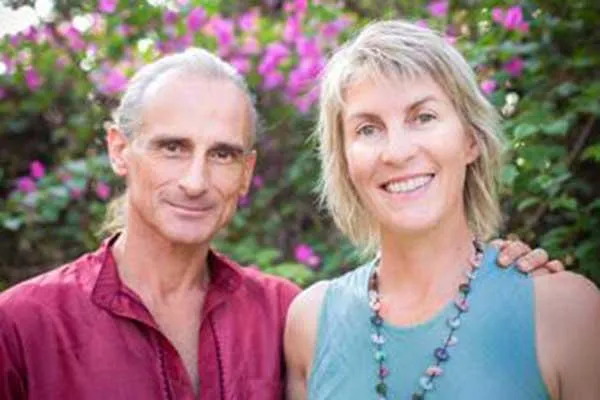
Hacking the Self Podcast
SHOW TITLE: Yoga Synergy with Simon Borg-Olivier
INTERVIEWER: Alessandro Sigismondi
RELEASE DATE: 3 December 2016
In this podcast, Simon discusses the unique approach and style of yoga that he and his business partner, Bianca Machliss, have developed: Yoga Synergy, which they describe as an adaptation of traditional hatha yoga for the modern Western body.
Join Simon's Newsletter to Learn About Upcoming Events & Courses
LEARN
FREE RESOURCES
LEGAL
© 2025


